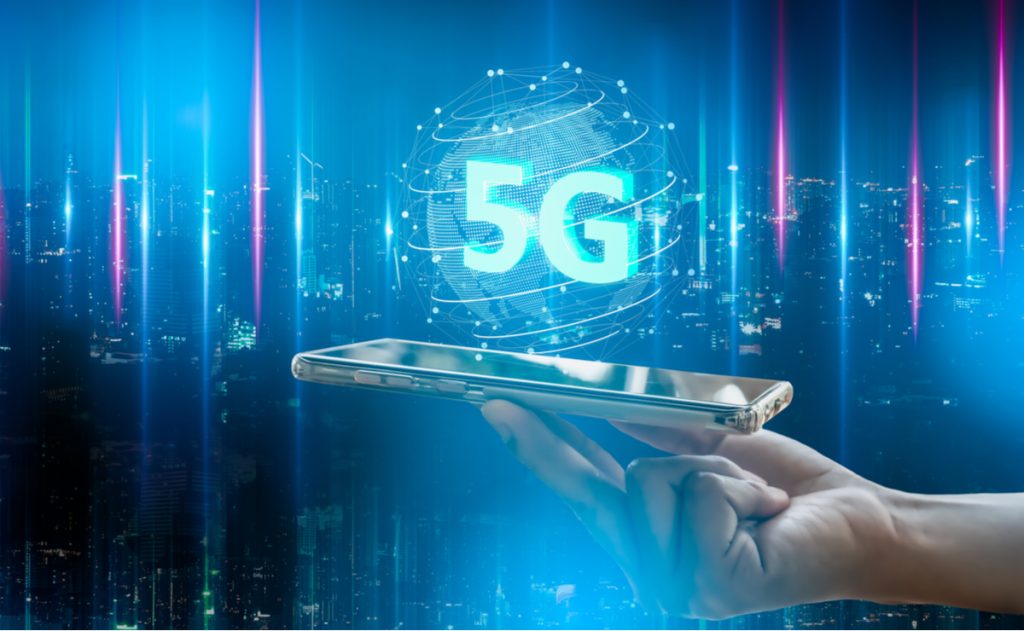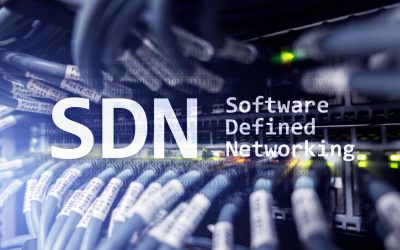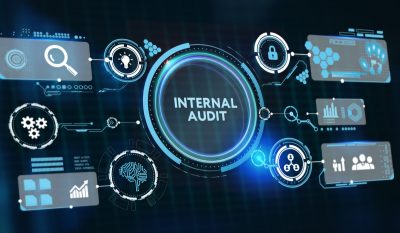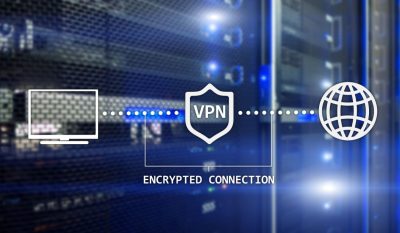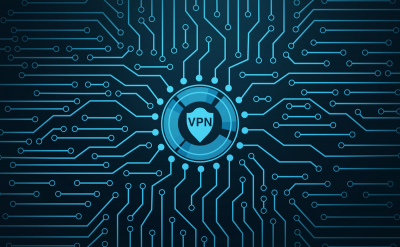5G is expanding and unlocking new possibilities, creating real-life benefits for the everyday consumer. It has already become the biggest technological accelerator for IoT use cases and mobile connectivity improvement. The X-factor is higher bandwidth, network capacity, and lower latency that will help unleash the potential to bring smarter services closer to end-users.
With the growth of connections enabled by 5G, the amount of data created, collected, and stored, too, will see a steep rise. This explosion will create several opportunities for organizations. Alongside, the need will also be felt to establish ways that can secure consumer data. Several firms are collecting and maintaining huge amounts of data for individual customers, but many do not have the proper knowledge, skills, and capital to leverage the new data that becomes available.
Ultimately, this will drive demand for next-generation data infrastructure, analytics tools, and AI/ML techniques that can accelerate decision-making and reduce the time lapse between detection and mitigation. The benefits of the 5G network are many: It offers more flexibility than 4G or 3G and brings impressive innovations to the ecosystem, among others. But there’s a flip side to it, too. Let’s discuss this in detail.
The other side of the coin
While these techniques and innovations bring convenience and practicality to the consumers, they can also invite larger risks of data breaches. These days, developers are concerned about data privacy that is a result of customer demands. Learning from past mistakes, they are producing devices capable of protecting sensitive consumer data and avoiding common things such as DDoS attacks.
How does the 5G network drive a threat to consumer data?
Location threat: In the 4G world, cell phone towers are generally positioned at about a mile from each other. It means that carriers can locate the general area of a person, but they cannot get the precise address or detailed one. The 5G towers have a much shorter range, and thus, their signals cannot perforate inside the buildings. Because of this, they are smaller and spaced together. They sit inside buildings and rooftops. Because of the proximity, phone companies can track a person’s location in detail.
The corporate threat: In the case of old centralized 5G set-ups, physical protections are very much there, but with Mobile Edge Computing (MEC), servers are not centralized. This makes it essential for organizations to keep a track on individuals who have been given necessary access. Running a private network does not mean that data never leaves it. Private networks keep exchanging information with public infrastructure. This is why organizations must ensure complete isolation to prevent data leaks. In such cases, they should establish ‘data in motion’ security that can meet the ultra-low latency and high-throughput requirements of 5G networks.
The analytical threat: The architects of 5G wanted to improve the analytical data available. They created the Network Data Analytics Function (NDAF) to make collecting data easy based on past and future events. User consent may not be relevant for the network data, and it is undoubtedly considered while collecting data based on user behavior.
The machine threat: 5G networks will connect more machines than people. The IoT network will include all kinds of devices – from autonomous cars to dumb devices. But why dumb devices? As a matter of fact, IoT machines will form ‘nodes’ on a vast connected grid, thus providing billions of potential access points to hackers. Companies can, hence, build profiles of people. They can gather sufficient information about customers’ behaviors, offline and online both. For sure, this will allow the personalization of services consumers demand, but it must be done with consent. People must know who processes their data, for what purposes and for how long.
Despite threats, why should we remain optimistic about 5G?
Plenty of threats have been identified. Yet, the succor is that the 5G era is different from those that came before. For this reason, industry insiders are working hard to counter the threats. Let us see how.
1. 5G networks are built in a privacy-aware era
When 4G and 3G networks were being built, there was little debate about data privacy. But today, people have become suspicious of scandalous corporate hacks and books about surveillance capitalism. Laws have been changed as well. Some of the major shifts have been the European Union’s General Data Protection Regulation (GDPR) that limits processing of a person’s data without consent. The impact was limited not just to EU citizens; it inspired laws in several countries such as India, Brazil, Japan and elsewhere.
Such laws have put pressure on corporations and carriers to protect personal data across 5G networks and seek customer consent before processing the data.
2. 4G sim had privacy flaw. 5G fixes it.
The 4G SIM had a security hole: While communicating its identity, it does so in plain text. This allows attackers to intercept the communication. Attackers use a device known as an IMSI Catcher (also called Stingray) to get hold of IMSI, harvest user data, do location tracking and even perform a denial of service.
With the mobile standards body 3GPP defining the 5G security architecture, the issue was resolved. It created a new identifier, the Subscription Permanent Identifier, for mobile networks.
Instead of sending the SUPI over the air, devices send an encrypted identity known as the Subscription Concealed Identifier, a ciphered version of the SIM. Once the attacker intercepts the SUCI, the information uses useless.
3. Zero trust approach by 5G eliminates issues
The 5G network is more heterogeneous than its 4G counterpart. It features many discrete private networks that are run by autonomous entities. This makes it hard to protect network resources with traditional perimeter-oriented security measures.
To prevent unauthorized access to 5G networks, security experts believe that implementing the Zero Trust model can do wonders. Zero Trust ensures that every access request is fully authenticated and encrypted before it is granted.
Takeaway
5G will open new opportunities for people, but as with any new technology, there will be many changes in how we collect and use personal data. This is why, to minimize risks, implementing wise data privacy laws is essential. Evaluating the risks associated with 5G will require various stakeholder interests to be balanced. It is also expected to be an open and inclusive discussion.
So, organizations can take a cue from the steps mentioned above to ensure data responsibility, data transparency, and privacy-by-design solutions. We should not see data privacy as a blocker, but 5G must be seen as a building block that challenges privacy concerns compared to its previous counterparts. It gives users peace of mind, HD graphics, virtual reality applications, the safe usage of autonomous cars, and other convenient solutions that come our way.
To know more about the unmatched reach of 5G networks, click here.




